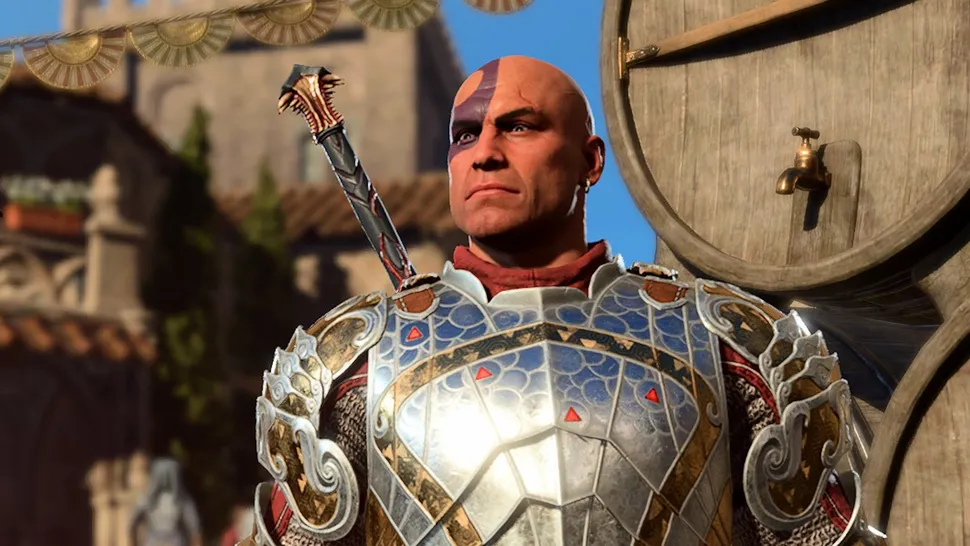
Baldur's Gate 3, the highly anticipated role-playing video game, has taken the gaming world by storm, not only for its captivating storyline and immersive gameplay but also for its remarkable character animations. Players have been astounded by the lifelike movements and expressions of the game's characters, from the protagonists to even the most minor NPCs. But what's the secret behind this astonishing level of animation detail? It turns out that the game's creators at Larian Studios employed an extraordinary technique: motion capture involving a staggering 248 actors.
In a recent Twitter thread, Aliona Baranova, the performance director for Baldur's Gate 3, shed light on the meticulous process behind the game's animation magic. She revealed, "All 248 actors, ALL the NPCs and not just the companions put on a mocap suit, and their movements, gestures, and physical choices were recorded and sent along with the audio files." This comprehensive approach ensured that every character in the game, regardless of their significance to the story, received the same level of attention to detail.
One remarkable example of this attention to detail is the character Lae'zel, whose distinct, alien movements and gestures have been widely praised by players. These unique physical characteristics weren't the result of computer-generated animations; they were actually the physical choices made by the actor Devora Wilde, bringing the character to life in a way that mere digital animation couldn't replicate.
Jennifer English, who voiced Shadowheart, also contributed to the game's authenticity by incorporating her own head wiggles into the character's movements. This integration of the actor's physical performances with their vocal work created a seamless connection between voice and animation, making the characters feel genuinely alive.
However, it's important to note that not all performances in Baldur's Gate 3 could be paired with motion capture. Some scenes, especially cinematic sequences, or instances when actors were unavailable, relied solely on traditional animation techniques. Even the talking animals in the game had their voices separated from physical movements, probably due to the reluctance of real-life talking animals to don motion capture suits!
Aliona Baranova emphasized her role as performance director in ensuring that the actors' vocal choices matched their physical actions, guaranteeing a cohesive and convincing performance. This attention to detail extended not only to the main characters but also to the myriad of side stories and minor NPCs, preventing the dreaded quality gap that can sometimes plague open-world games.
The extensive use of motion capture in Baldur's Gate 3 is a testament to the dedication of the development team in crafting an immersive and authentic gaming experience. It's a reminder that the game's success didn't hinge on shortcuts or tricks but rather on the relentless effort and professionalism of the creators at Larian Studios. As players continue to embark on their epic adventures in Baldur's Gate 3, they can appreciate the incredible synergy of technology and human performance that brings the game's world to life like never before.
Leave a Reply